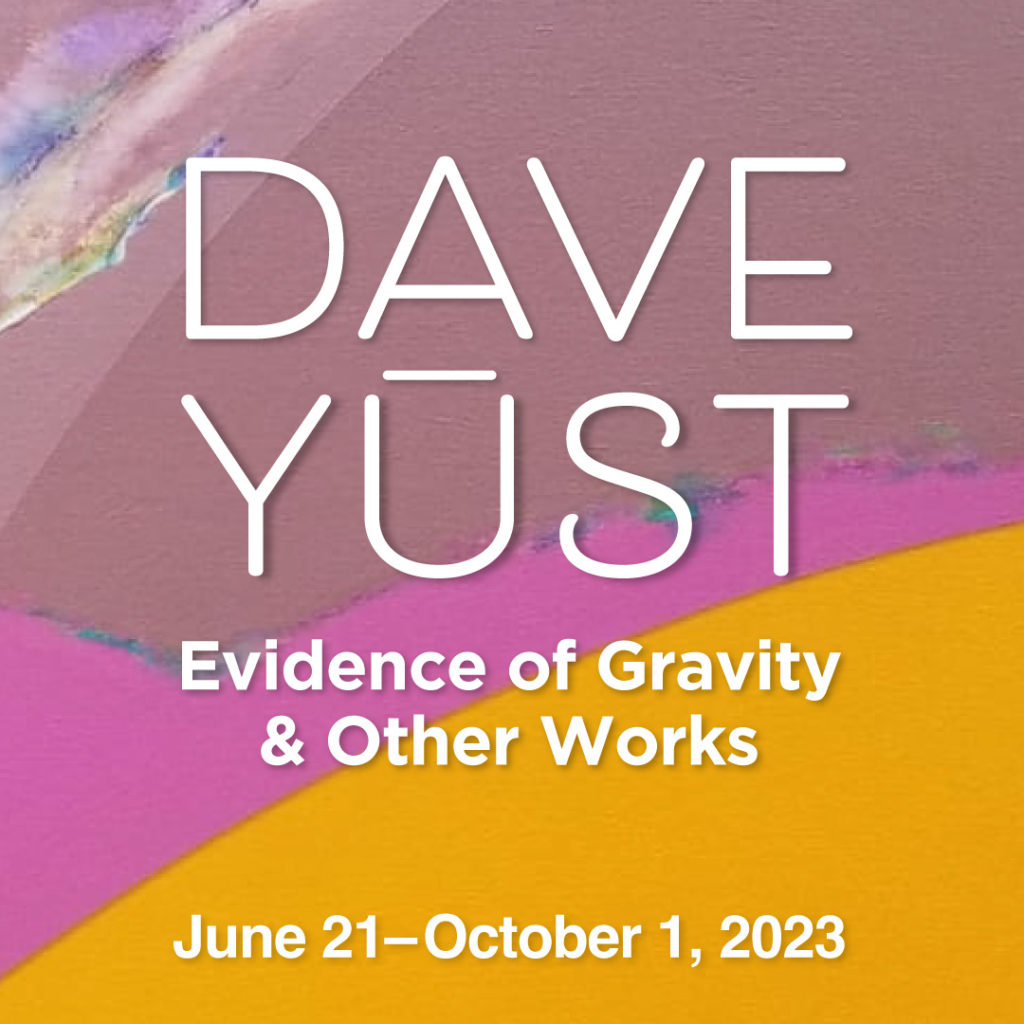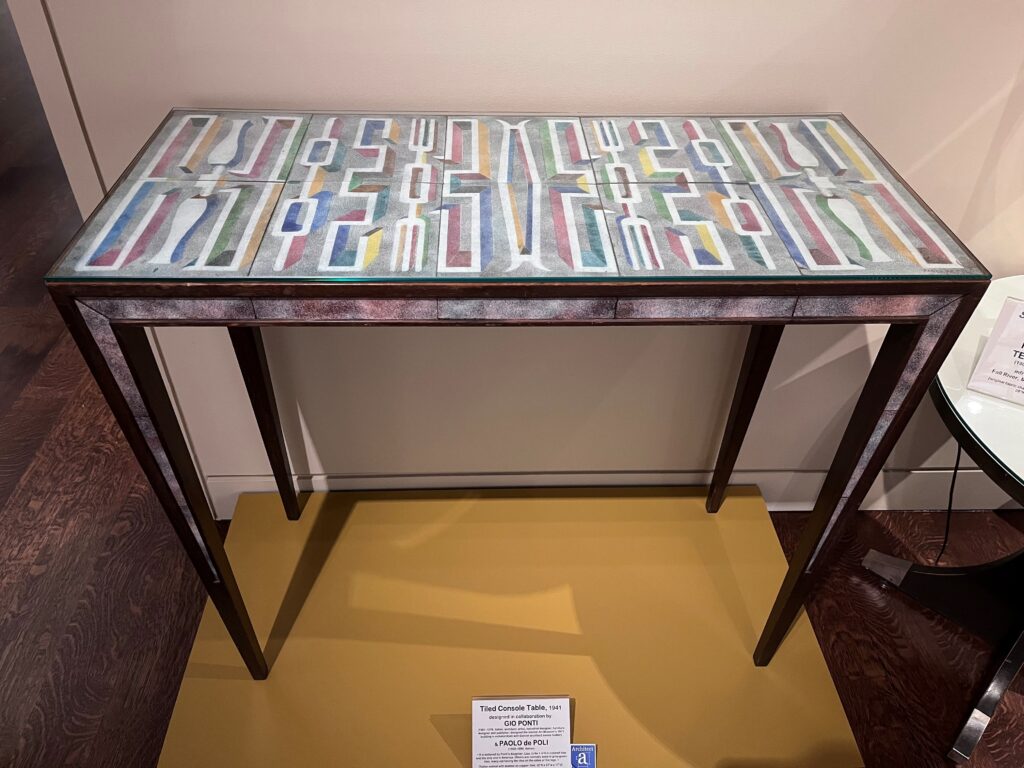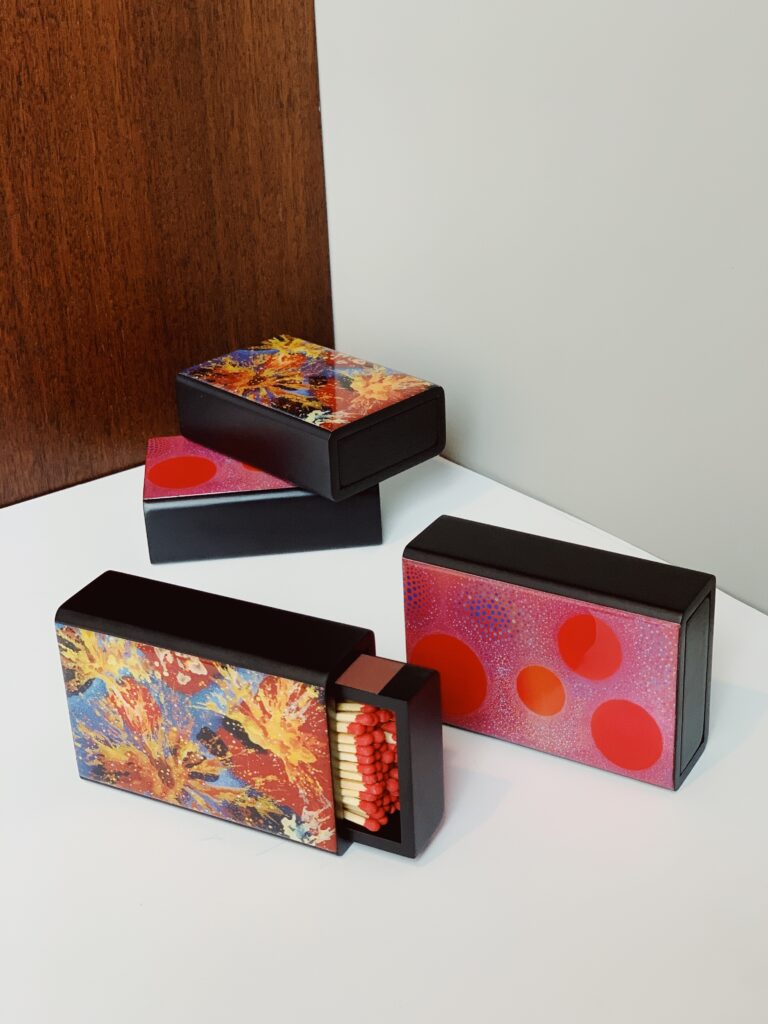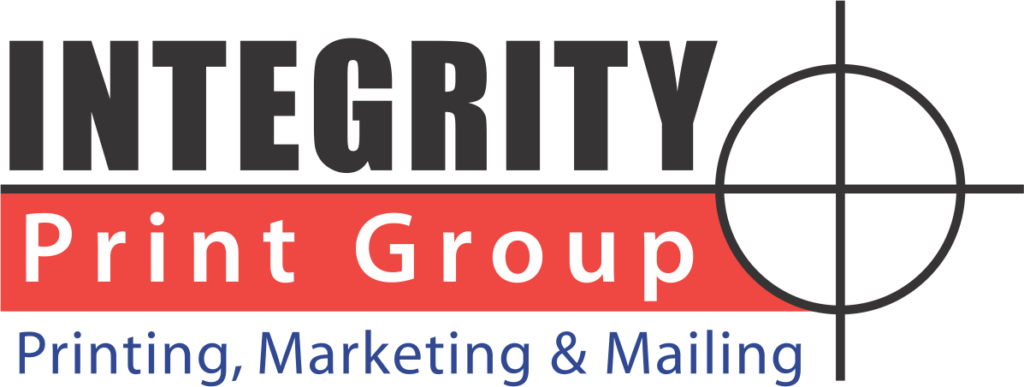In this Issue
Meet Exhibiting Artist Dave Yῡst

Artist and educator Dave Yῡst has always been drawn to organic, curved shapes over a traditional, four-sided frame. “I have never wanted my work to look as if I were looking through a window at it,” he says. “I want my work to begin and end with that image, so it’s an object in the world rather than a window in the world.” Over his career, Yῡst has combined his studies as an engineer and an ability to build his works through color – something he first learned from artist Birger Sandzén – resulting in large-scale, hand-crafted abstract paintings. Yῡst’s most recent works will be on display at Kirkland Museum’s new exhibition Dave Yῡst–Evidence of Gravity & Other Works. We sat down with Yῡst to discuss his art, the exhibition, and a chance encounter that launched a friendship with Vance Kirkland.
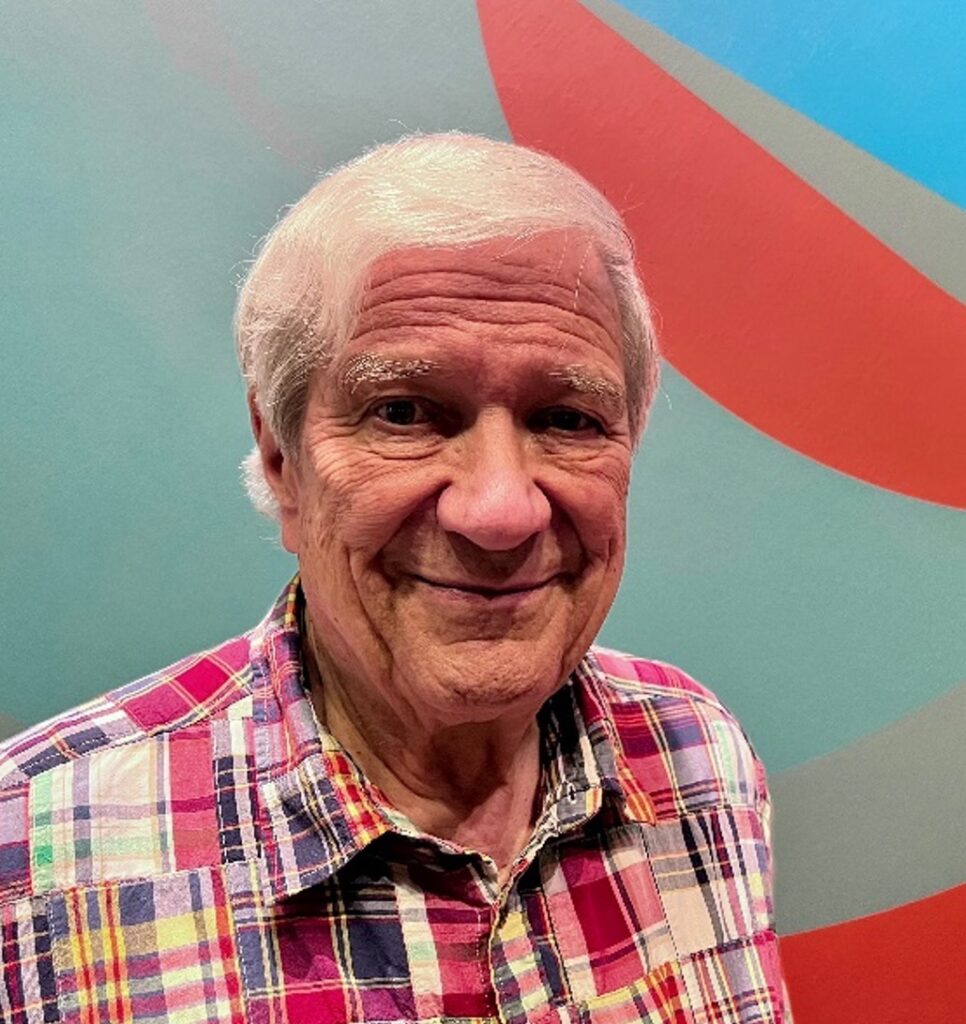
Meet the Artist at a Member-Exclusive Preview
Dave Yῡst—Evidence of Gravity & Other Works
Member Preview Day:
Tuesday, June 20, 3 to 7pm
Kirkland Museum’s 20th anniversary celebration continues with our new exhibition showcasing the second of three collections – Colorado & Regional Art. Join us next week for a Members’ only exhibition preview and meet the longtime artist and educator Dave Yῡst on Tuesday, June 20th from 3 to 7pm. The show, organized by the Birger Sandzén Memorial Gallery in Lindsborg, Kansas, features the artist’s most recent work and will be supplemented with earlier work from Kirkland Museum’s permanent collection.
What Else is New On View?
Our Gio Ponti table is back from loan to the Denver Art Museum for the reopening of its design galleries. See this iconic and colorful example of Modern design in Modern Gallery 7 along with other new displays. Click here for the full list of newly-on-view works ahead of your next visit.
Save the Dates for Upcoming Events
Learn more about each of these events here.
Tuesday, June 20, 3 to 7pm
Member Exclusive Preview (Meet the artist, Dave Yῡst!)
Wednesday, June 21, 11am to 5pm
Exhibition opens to the public.
Wednesday, September 13, 6 to 7:30pm
An Evening with Dave Yῡst
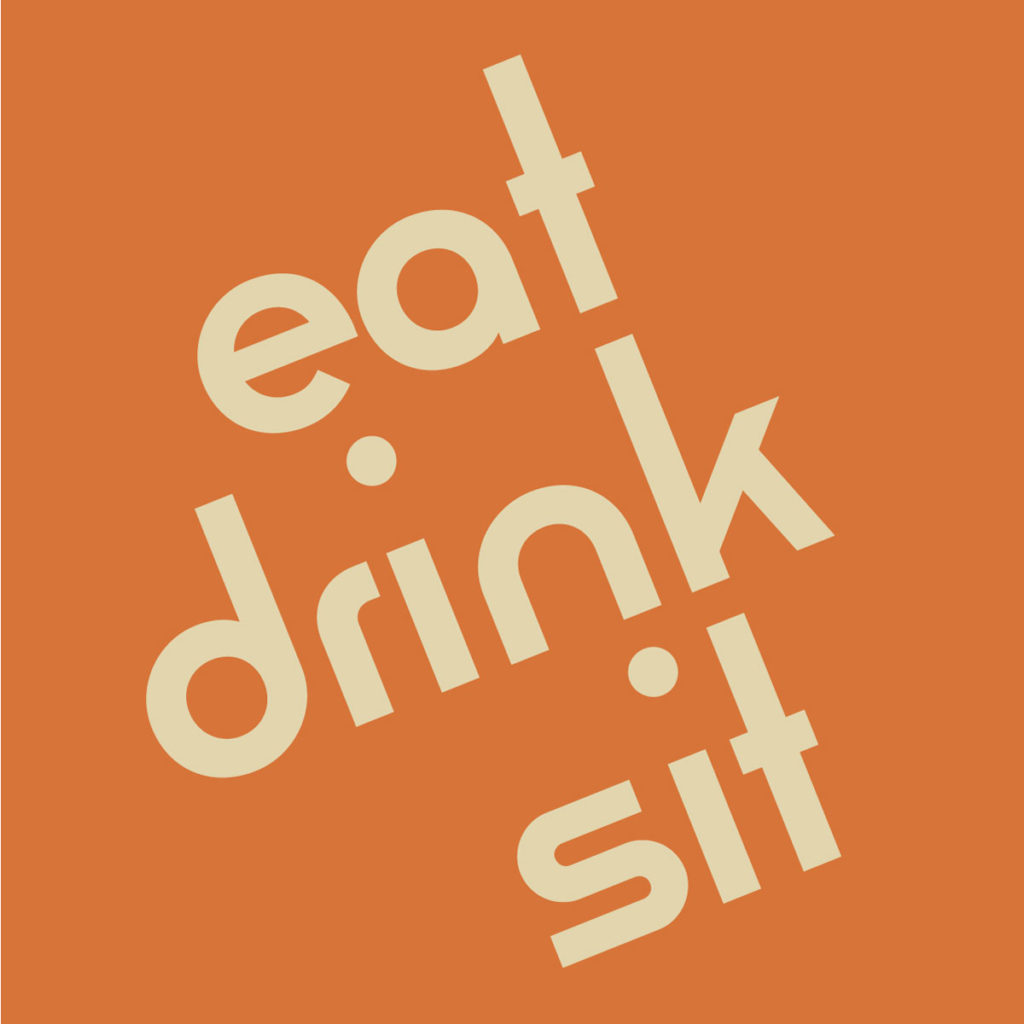

Enjoy an intimate evening – or three – celebrating great designs by female designers in Kirkland Museum’s International Decorative Art collection:
- Wednesday, October 11, evening: EAT
- Wednesday, November 8, evening: DRINK
- Wednesday, December 13, evening: SIT
Each event will feature an object and an in-person sensory experience matching the month’s theme.
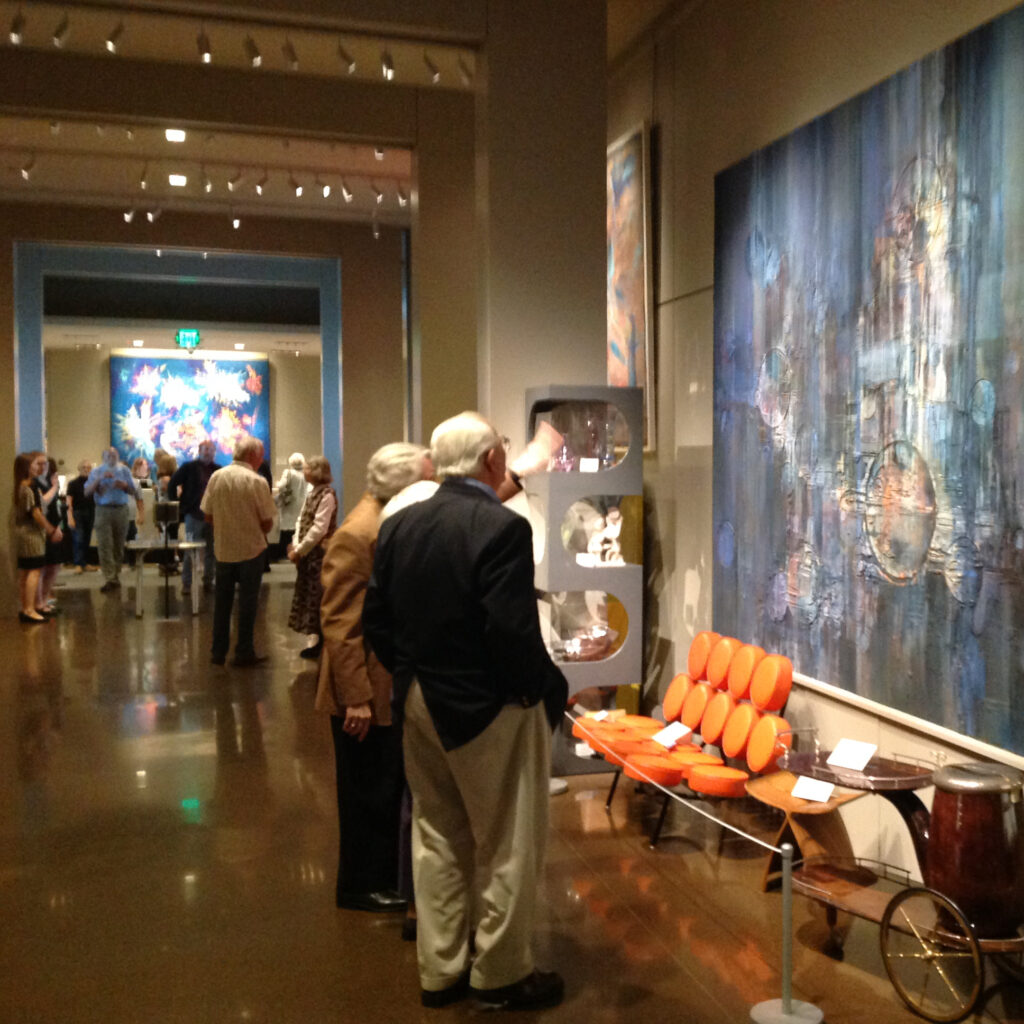

Wednesday, October 25
Evening Member Soiree
Missed an Event?
Watch (or Rewatch) Lectures from the Museum’s Past Exhibitions for FREE!
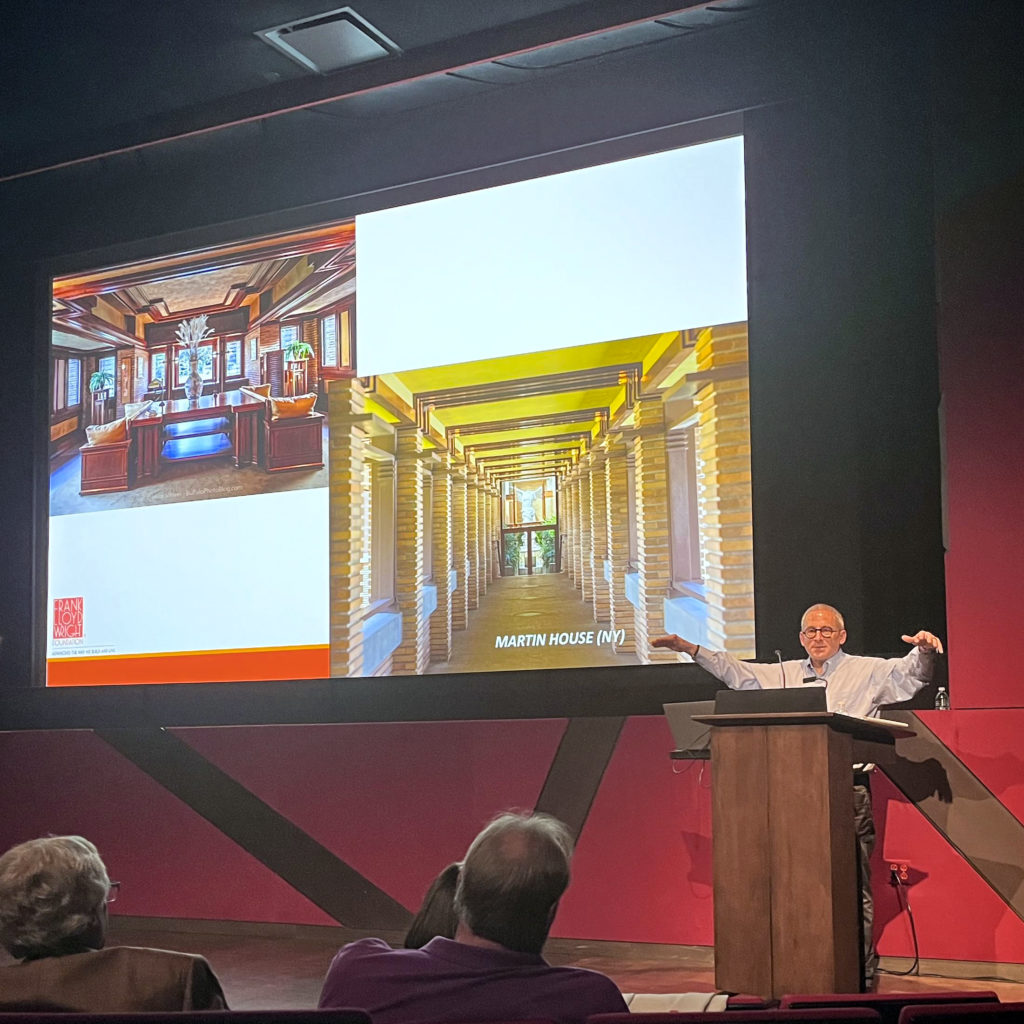

As an exclusive benefit of your membership, enjoy recordings of educational programming from the past two years.
What’s In Store? Unmatched Matchboxes
When you need a match, reach for this handmade wooden matchbox adorned with Vance Kirkland’s 1971 painting, Four Suns in Space. This sturdy box comes filled with four-inch matches and can be refilled and used for years to come. Even better? Pair the matchbox with one of the Museum Store’s custom candles!
Shop in-store or online – members always receive 10% off their purchases!
Elizabeth Friesen Birky Named Resource Development Specialist
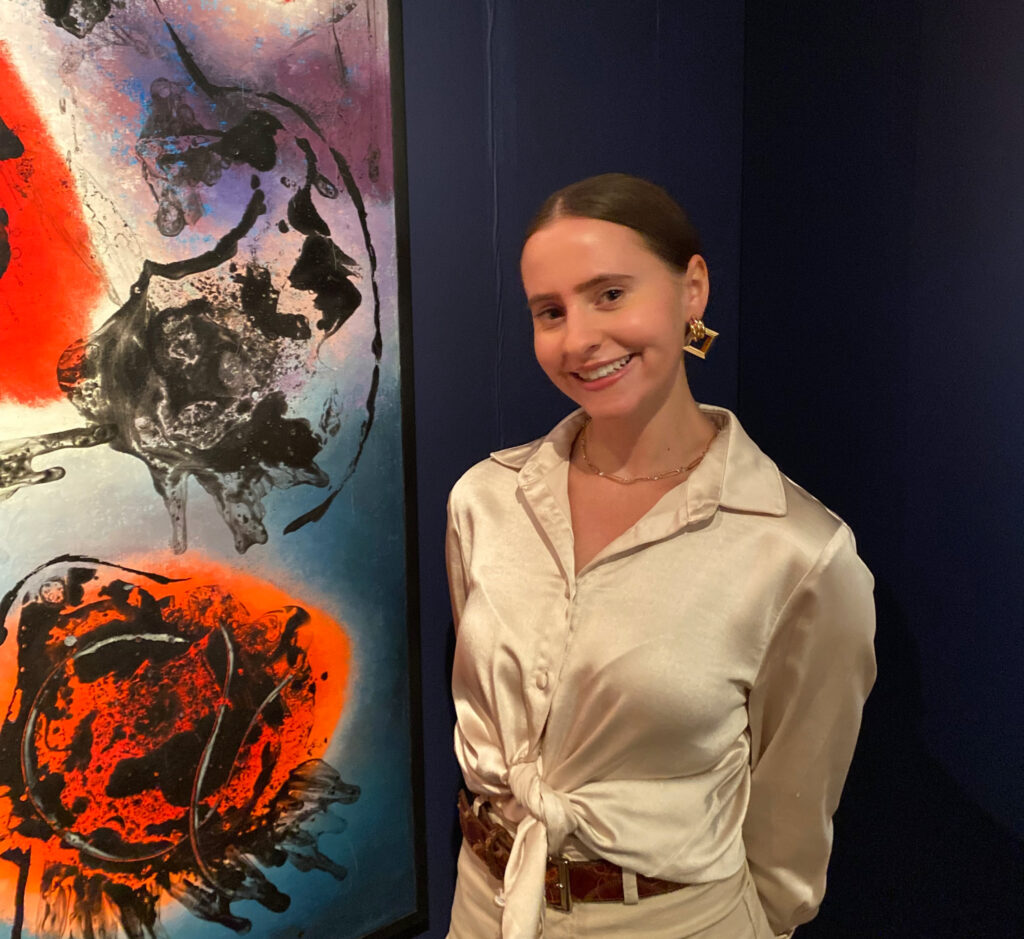

Please congratulate Elizabeth Friesen Birky, our recently promoted Resource Development Specialist. Elizabeth has been with Kirkland Museum for nearly two years as a Visitor Experience Associate. Building on her experience, Elizabeth now works more closely with members and donors and coordinates Museum events.
“I look forward to meeting and getting to know all of you, our fabulous members,” Elizabeth says. “Your love and support of Kirkland Museum makes my job a joy.”
Host Your Next Event at Kirkland Museum!
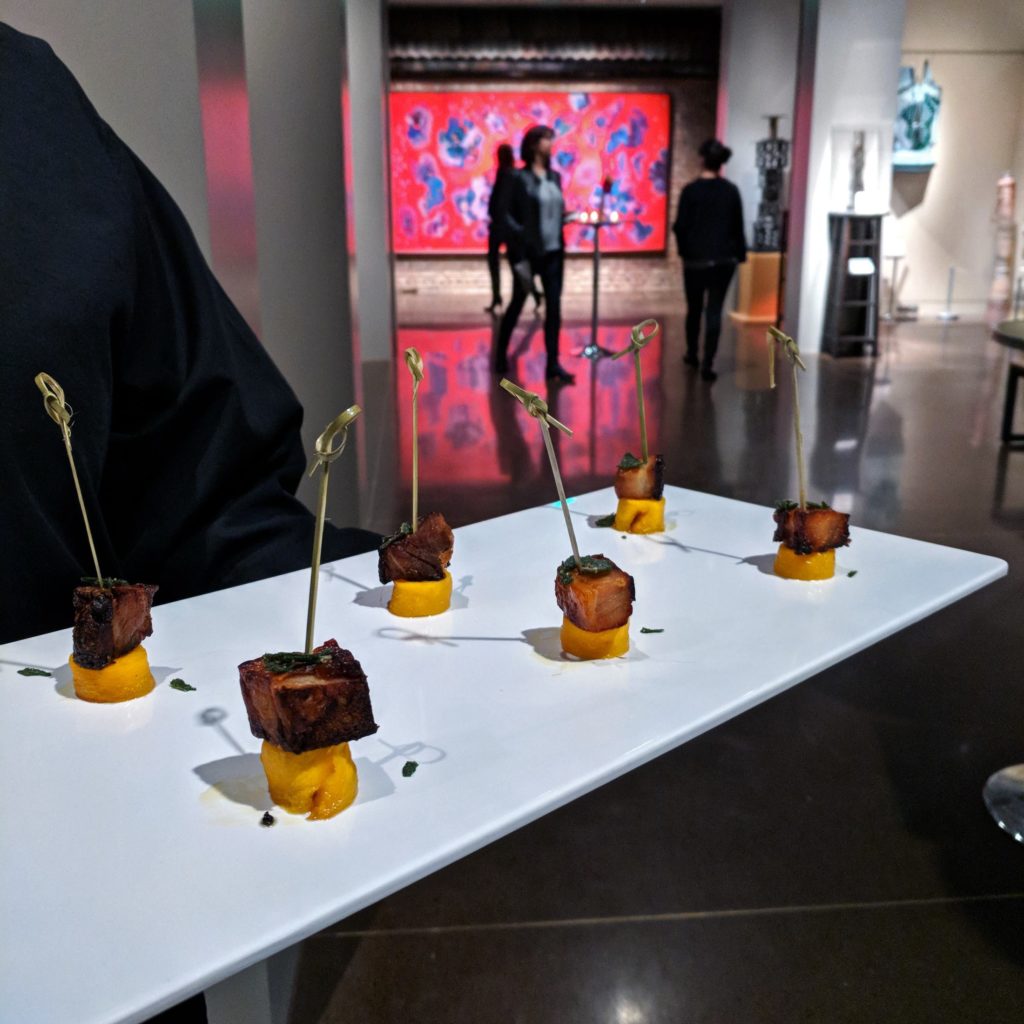

Looking for a beautiful and unique location for your next event? Consider renting the Museum, a space that will delight your guests! Your soiree could include refreshments from partnering caterers in our art-filled foyer and exclusive access to all Kirkland Museum galleries. Start your party planning by emailing [email protected].
Support Our Mission
Thank you to the following businesses who provided in-kind support for Vance Kirkland’s Cosmos:
Interested in learning more about how your organization can partner with Kirkland Museum? Contact [email protected] to start the conversation.
Meet Exhibiting Artist Dave Yῡst
Full Story

Why did you want to become an artist?
You know, I was always interested in art. In high school, I thought about it, but it seemed like doing art was too foolish. It took many years in college, where I began to study aeronautical engineering and found myself questioning why I wanted to spend the whole year working on a landing gear for a Beechcraft or a Cessna airplane. I was thinking I’m more interested in design.
That led me to architecture, and I found that to be very exciting and very interesting. It really helped me figure out how to sort out what I needed to do in resolving the problem, which I didn’t find in my art classes. But after having worked for a summer with an architectural firm it dawned on me that there were so many compromises. In architecture, as well as graphic design, interior design and industrial design, there are compromises with the bean counter, with the engineers, with the public, with the client.
When I was doing my art classes the only compromises I had were with my head and the materials. Being an idealistic person, that really resonated with me. That is how I ultimately became committed to being involved in art.
Are there any really formative experiences that have shaped you as an artist?
Yes, I think the event that really made a difference with me was my opportunity to study with the Swedish-American painter, Professor Birger Sandzén in his Lindsborg (Kansas) studio. I had always admired his work and what really struck me was his use of color. It wasn’t until probably 25 years later that I began to understand what was underneath his use of equi-luminous colors, but that was an early spark for me.
What drew you to teaching and to Colorado State University?
Well, when I first came to Denver I was working in interior design. That would have been in the summer of 1963. One of the projects that was being done was the new Morgan Library for Colorado State University. I did a lot of work on that, including some design work for some of the story units, some of the display units and display cases that were going into Morgan Library.
Then I met my wife-to-be, Joan. Joan introduced me to one of her professors, who came to visit to see what she was doing with her artwork. Joan was offered a temporary job, for someone who was on sabbatical, and I was offered a job teaching drawing and painting at Colorado State University, beginning in the fall of 1965.
Tell us about your connection to Kirkland Museum.
Well, my connection to Kirkland Museum was established when I met Vance Kirkland.
I found a wonderful little place to stay (in Denver in 1963). My job was on California Street in downtown Denver, so I would walk to and from. I just walked and walked, so I covered the whole area of Capitol Hill on foot.
I passed by Vance Kirkland’s home, and I saw some of his paintings and I was just struck by them. I just felt compelled walking up the steps and I rang his doorbell. He was home and answered the door. I introduced myself sort of sputteringly and said that I had just recently earned my BFA degree from the University of Kansas in painting.
I’ll be damned if he didn’t invite me in. We talked for, I don’t know, 10 or 15 minutes. In 1970, I had an exhibition in Boulder, and Vance Kirkland found out about it and came to that opening. I was working with some circular paintings involved with explorations of symmetry. And later we would run into each other at openings at the Denver Art Museum … and so we would often talk further. That was how our friendship happened.
Can you tell us about the upcoming exhibition?
Well, I am absolutely thrilled that it is happening.
There are two recent work series that are represented here. There is a series of elliptically shaped paintings that started around 2005. The idea came from a summer teaching trip in Italy.
The first elliptically shaped images actually were some large monotypes, so that led to the paintings and monotypes.
That led to a series of 12 elliptically shaped paintings … and from the time that I started those and did the construction on them, which is very labor-intensive to do, it was a six-year involvement to finish those 12 paintings.
It took a long time to make the frames in such a way that there was a tension of canvas on them. That was a really interesting challenge. There were many study drawings to figure out how to do that.
That’s where my former interests in building and flying model airplanes directly played a role in these elliptically shaped paintings. Part of the joy for me is trying to figure out how to do it and how to have it make sense. There was nothing that I referred to or I researched; it was something that I had great fun figuring out for myself.
There was a series of circular-shaped paintings. Those are in the exhibition and they are the most recent paintings.
During those COVID times, I was doing a lot of study drawings; it was well into the hundreds of study drawings. And then I looked at them and looked for ones that said back to me, you’ve got to do this. That’s part of what I’m looking for, something that looks back at me and says, “you’ve got to do this.”
I want to keep it fresh. I want to keep asking myself “what if” questions all along the way.
Walk us through your process.
I end up doing drawings, extensive drawings, looking for ones that look back at me and say to me, you know, you’ve got to do this one. And then once that happens, I spend a lot of time looking at that drawing. And I to think, okay, what sort of color structure does this seem to suggest? I make notes about what that color structure might be and then I mix colors. That often involves several days of mixing and looking at these colors.
If I find a color combination that seems to be a possibility, then I also look at those colors when the sun goes down and its twilight in the studio, but there’s still enough light to see. And then I look to see what it looks like and then I look at those same colors again under the incandescent light that’s in my studio at night. So, I’m looking for a way to balance these colors.
Where does your inspiration come from?
It happens just from the study drawings. The images that I am working with are coming out of my head. It’s not to say that they aren’t sparked in some way by things that we become aware of on our planet, but it’s not anything that is sparked by photographs that I took or someone else took.
I have always been interested in corners and edges. The elliptically shaped paintings and circular paintings don’t have any corners, but they do have edges, so I try to make those edges be important. I have played around with all sorts of different shapes. What I try to do is make sure that whatever happens in that shape can only happen in that shape.
I have never wanted my work to look as if I were looking through a window at it. I want my work to begin and end with that image, so it’s an object in the world rather than a window in the world.
How has your work evolved over time?
It’s a process that just continues to change. I’m only interested in pursuing what is of interest at that time. And when it’s not of interest any longer, then there will be something else, hopefully, that will take its place with excitement for me.
I had a wonderful fifth grade teacher who had saved some of the early things that I had done in that class and sent them to me. But some of the things had shapes in them. I noticed that some of the shapes were not unlike some of the shapes that I’m dealing with now. It was just interesting to see this sort of flashback.
This interview has been condensed for clarity and space.

